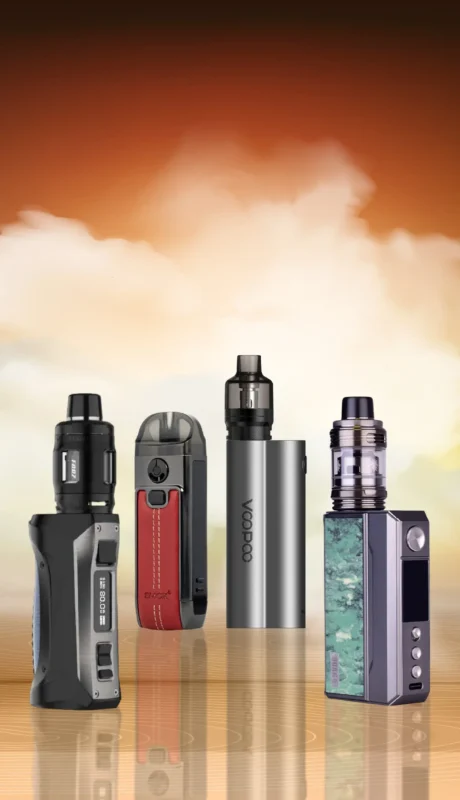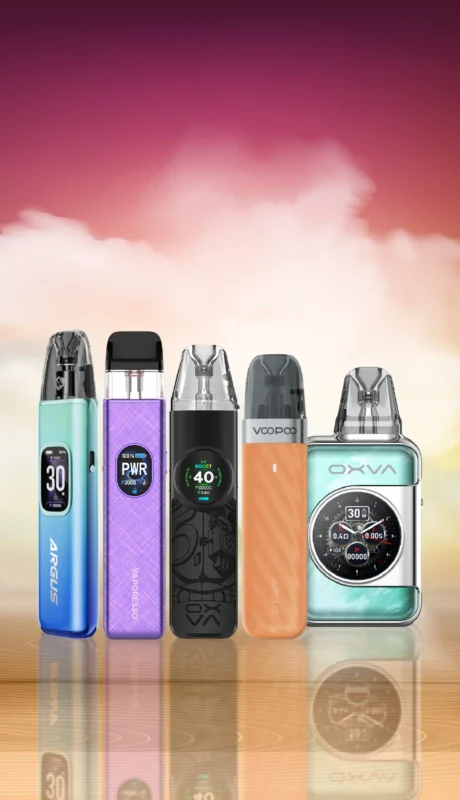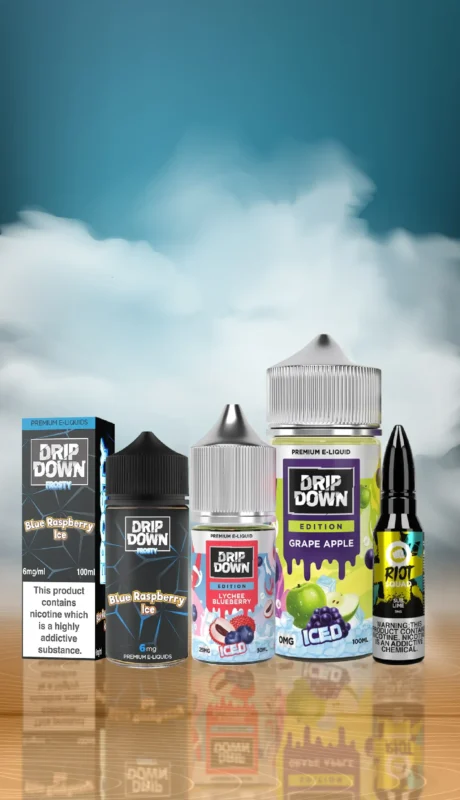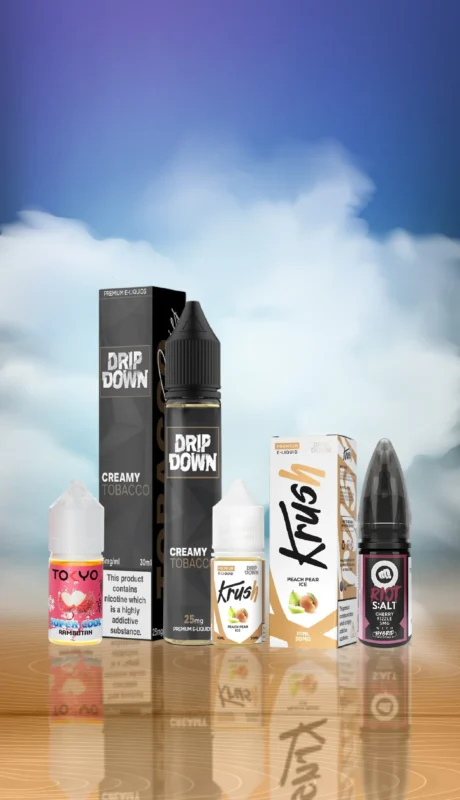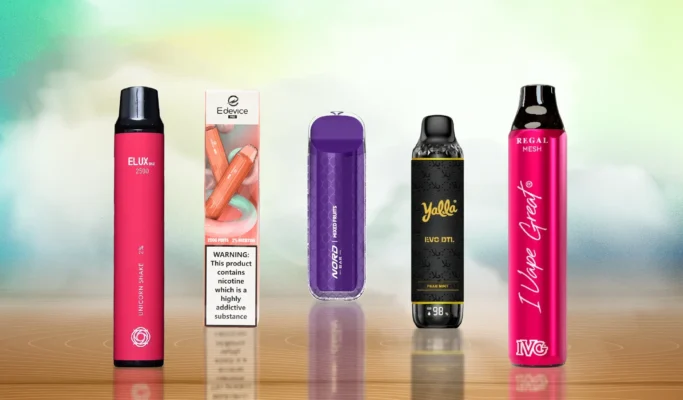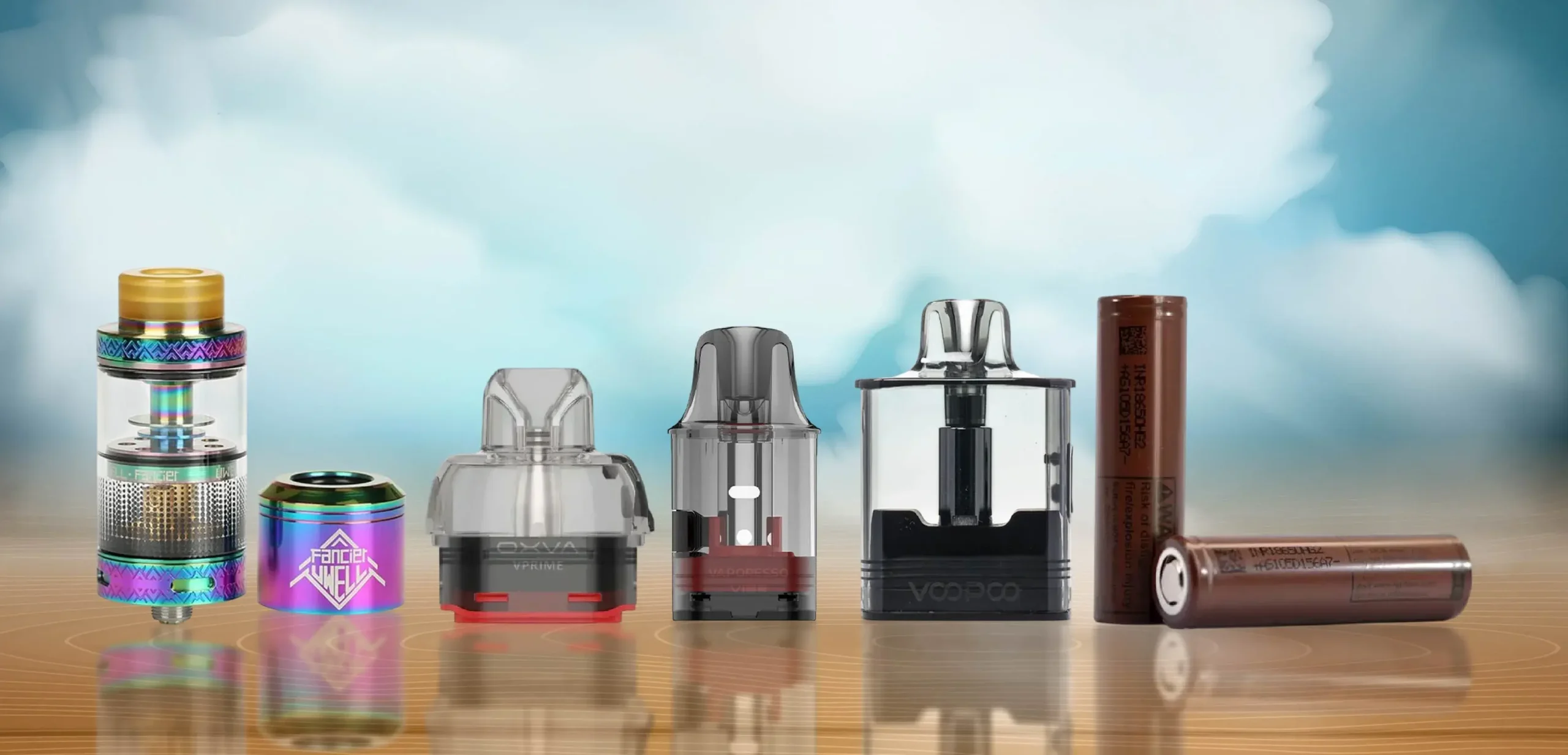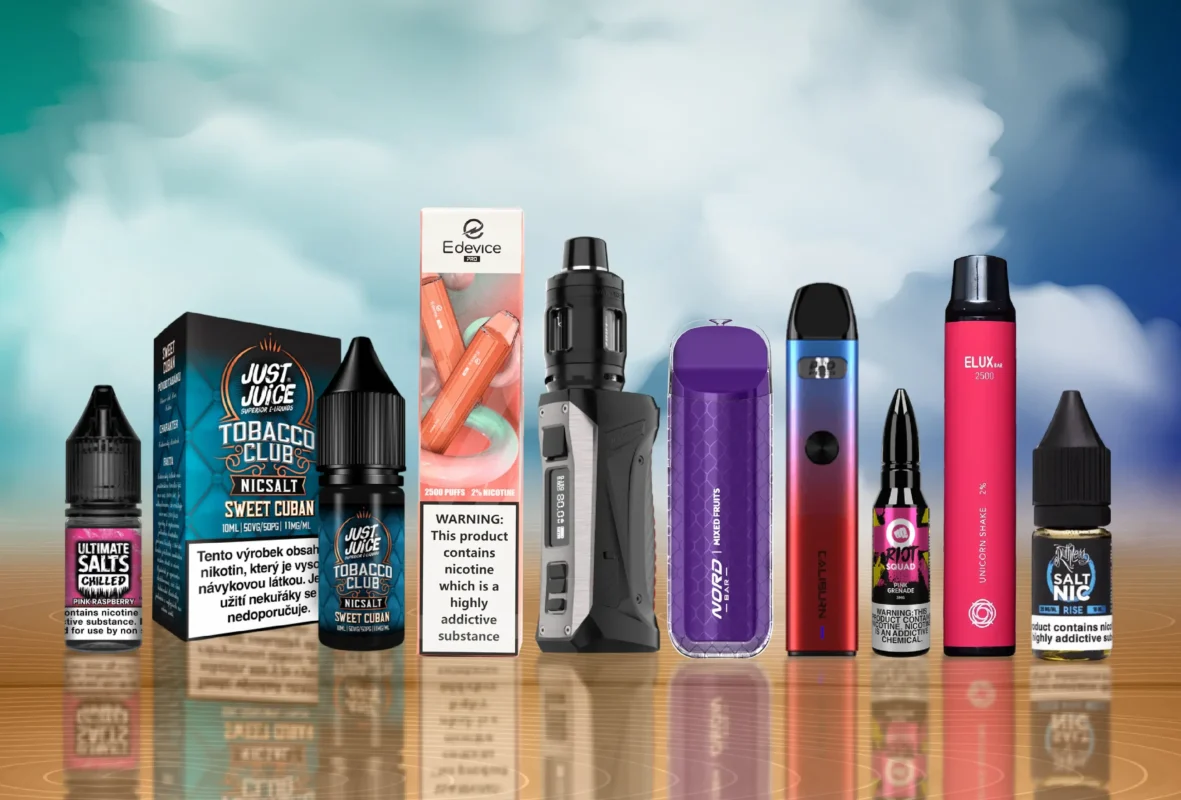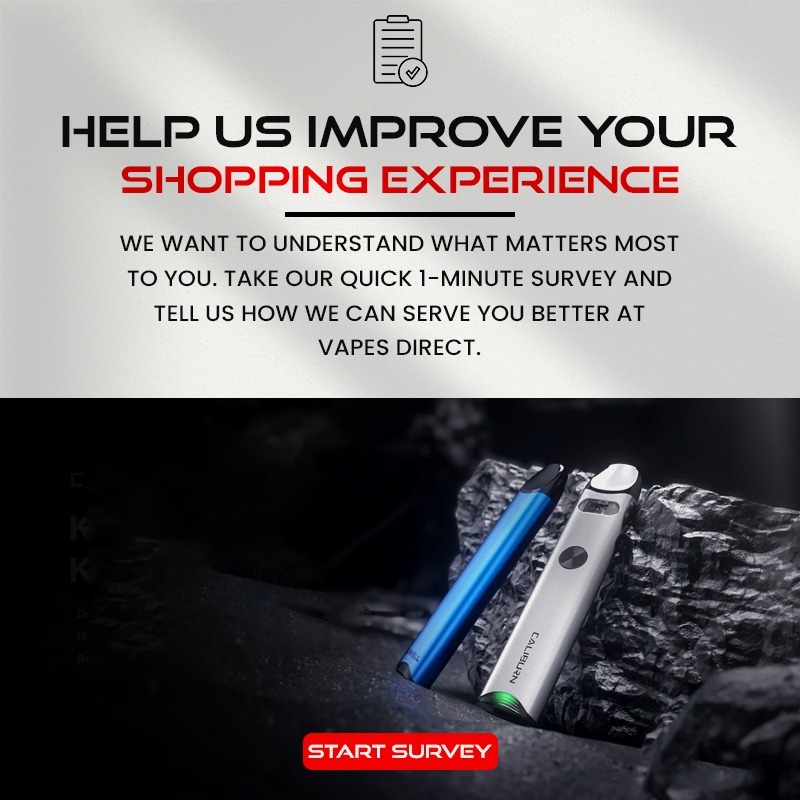No products in the cart.
Blog
The Future of Vaping: Key Trends to Watch in 2025
The vapor industry is rapidly changing because of new technological development, ever-changing preferences of the consumer, and changing regulatory environment. As 2025 rolls around the corner, the future of vaping is all-innovative and transformative. Here’s a glimpse at trends that are going to change the face of the vaping industry for years to come.
1. Future Generation Technology and Personalization
Technologies are always the savior to the vaping world, and in 2025, gadgets may get more intelligent. Smart vapes are gradually being popular these days, along with features of Bluetooth connectivity, application compatibility, and extensive monitoring. Users may be able to track their habits, control nicotine intake, and personalise the flavor profiles they could never with such technologies before.
In the future, there will be gadgets that have high-grade sensors set their modes on a preference of a person and compact eco-friendly design and possibly designed with renewable material, and there are modular gadgets by manufacturers who sell parts to clients, such as an exchangeable battery coil or tanks, to make them suit their desire.
There is also AI-driven technology. It is a vaping pen that learns your vaping patterns and gives suggestions to increase flavor potency or administer nicotine levels appropriately. It’s such seamless technology integration-it’s actually user-friendly for a whole generation of tech-savvy consumers.
2. Regulatory Shifts and Their Impact
Nothing new for 2025: The reigning trajectory of growth in the vaping industry has forever been dominated by regulations. Between public health, and governments who seem to exploit vaping as harm reduction for smokers, new quality control rules over transparency in labeling, and fresh efforts at a more limited exposure of these products will be driven as they come into the fold for younger consumer marketing.
The product lines or prices will have to be different with the taxes and also content caps for nicotine. More probably, this is going to involve alternative nicotine or innovation on the nicotine-free ones. It’s also going to require friendly to the environment process from the regulators, like component recyclable, together with environmentally friendly production processes.
Diversification in regulation will be another factor that characterizes the world’s growth. No region will ban vaping altogether, while some regions embrace it in their public health strategy as competition and innovation.
3. Alternative Nicotine Delivery Systems
This will expand the landscape of vaping related to 2025 in a much greater sense of diversity as far as the routes to deliver nicotine are concerned. Already on the rise and increasing will be HNB devices, which heat up tobacco instead of burning it, and acceptance rates among smokers because they avoid those chemicals that have more exposure through cigarette smoking but transition away from these products instead.
Other products that would attract more acceptance are nicotine pouches and oral dissolvables. Smokeless products are becoming increasingly popular, and those people who are restricted from vaping find these attractive. People require smokeless products to be discreet and use-friendly. Other new technologies such as nanoparticle delivery of nicotine and new inhalation devices will also surface and alter the entire landscape of nicotine consumption.
4. Changing Consumer Preference
Consumer preferences in other health and wellness trends change, and yes, as with vaping products. As the counts of smokers and other consumers keep going in a quest to find vaping alternatives to smoke-free or quit-smoking efforts, higher low-nicotine or zero-nicotine alternatives have spurred more demand for such products. Even the trend of flavoring is changing since consumers keep being more demanding for “all-natural” or organic flavors having fewer synthetics.
Sustainability is another very important factor. Modern consumers are more environmentally conscious and prefer brands that take environmental factors into consideration. For leading vape companies, refillable pods, biodegradable packing, and recycling programs may soon become the new norms.
Customization will continue to be a huge draw for the new and seasoned vaper. The capacity to customize look, feel, and performance will continue to drive users seeking that personal experience. On the other hand, price will be the watchword as consumers will want to buy into brands that get the quality versus cost balance right.
5. Focus on Harm Reduction
Vaping will therefore be at the center of an issue much bigger than just an issue about smoking alternatives. Higher scientific study and public campaigns of awareness based on lower risks compared to combustible tobacco smoke should be witnessed until 2025.
Governments and health organizations could collaborate with manufacturers to develop standardized guidelines where the consumer would be able to differentiate between a reputable brand and a questionable brand. Controlled nicotine delivery technologies will also be able to play a vital role in transitioning the traditional smokers to safer alternatives as that would further explain the connection of vaping with harm reduction.
6. Global Growth and Market Trends
As the market matures, growth will increasingly come from international expansion. Asia and Africa are still largely untapped opportunities with huge populations of smokers and bettering economies. It all just depends on how well local regulatory conditions, cultural tolerance, and pressure on price points can be managed.
Another area being watched is changing in production and supply chain patterns. In 2025, manufacturing will mainly focus on velocity and scalability of new product introduction and consider fair labor practices and carbon emissions.
Explore: 10 best Vape kits for 2025
Conclusion
The vaping industry will be very different in 2025, mainly because of advanced technology, changing consumer tastes, and dual focus on harm reduction and sustainability. Regulation has been a challenge but also offers an opportunity for brands to innovate and gain consumers’ trust.

